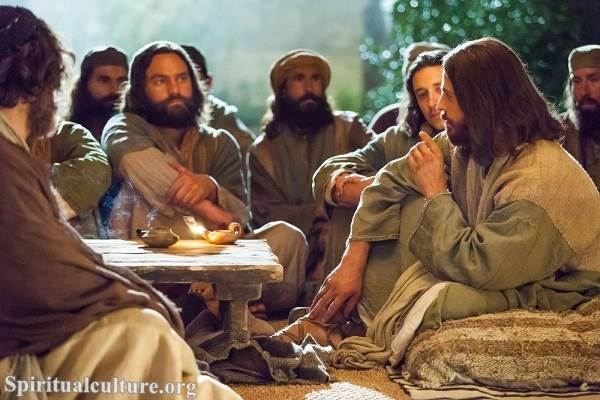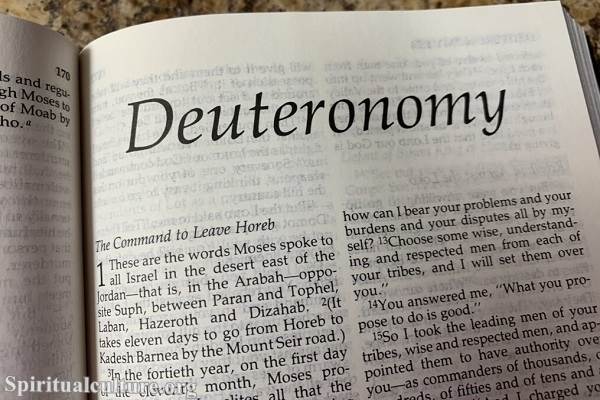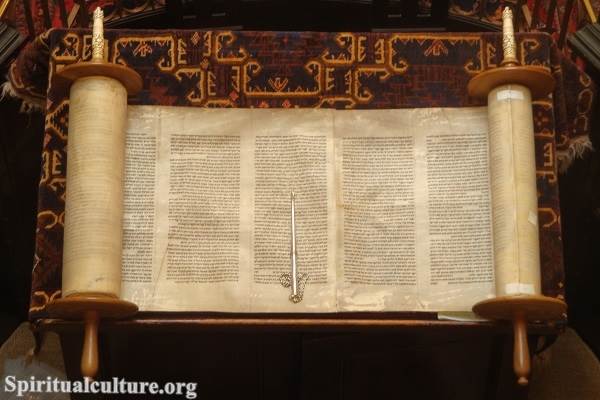Judaism is one of the world’s oldest religions, with a rich and diverse history that spans over thousands of years. One of the fascinating aspects of this religion is its use of symbols, which hold a deep significance and convey the teachings, beliefs, and history of the Jewish faith.
In this article, we will delve into the world of Jewish symbols, exploring their meanings, origins, and the role they play in Judaism.
Understanding Jewish Symbols
Jewish symbols are a crucial aspect of Judaism. They serve as a physical representation of the faith’s teachings, beliefs, and customs. From the Star of David to the Menorah, each symbol carries a unique and profound meaning that resonates with the Jewish community worldwide.
The Star of David
Arguably the most recognized Jewish symbol, the Star of David, or Magen David, is a six-pointed star made by two interlocking triangles. While its exact origins remain unclear, it started appearing on Jewish objects and synagogues around the 7th century. The name “Star of David” comes from the belief that King David used this symbol on his shield, although there is no historical evidence to support this claim. Today, the Star of David is a symbol of Jewish identity and Judaism and is prominently featured on the flag of Israel.
The Menorah
The Menorah is another pivotal Jewish symbol. It is a seven-branched candelabrum that was used in the ancient Holy Temple in Jerusalem. The Menorah is a symbol of enlightenment, wisdom, and divine inspiration, as it was meant to spread light, representing the light of God, throughout the world. During Hanukkah, a nine-branched Menorah, known as a Hanukkiah, is lit to commemorate the miracle of the oil that lasted eight days in the Holy Temple.
The Hamsa
The Hamsa, also known as the Hand of Miriam or the Hand of God, is a palm-shaped amulet popular in Jewish and Middle Eastern cultures. It is often used in jewelry and wall hangings as a symbol of protection against the evil eye. The Hamsa is usually depicted with an eye in the center of the palm, further reinforcing its protective symbolism.
The Chai
The Chai is a symbol and a word that means “life” in Hebrew. It is made up of two Hebrew letters, Chet and Yud, which together have the numerical value of 18, a number considered lucky in Judaism. The Chai symbolizes the value and sanctity of life in Jewish culture and is often worn as a pendant or given as a gift in multiples of 18.
The Mezuzah
The Mezuzah is a small case that contains a parchment inscribed with specific Hebrew verses from the Torah (Deuteronomy 6:4-9 and 11:13-21). It is affixed to the doorposts of Jewish homes, symbolizing the Jewish commitment to their faith and serving as a constant reminder of God’s presence and commandments.
The Shofar
The Shofar is a ram’s horn blown on Rosh Hashanah (Jewish New Year) and at the end of Yom Kippur (Day of Atonement). It serves as a call to repentance and a reminder of the binding of Isaac, where a ram was sacrificed instead of Isaac. The Shofar symbolizes the voice of God and the call to spiritual awakening.
In Conclusion
Jewish symbols are more than just mere decorations. They are visual representations of the Jewish faith, embodying the religion’s teachings, history, and values. These symbols serve as a link to the past, a reflection of the present, and a beacon for the future, guiding Jews in their spiritual journey. Through these symbols, the essence of Judaism is conveyed, making them an integral part of the Jewish identity and experience. Whether it’s the Star of David, the Menorah, the Hamsa, the Chai, the Mezuzah, or the Shofar, each symbol holds a special place in the heart of Judaism and its followers.



